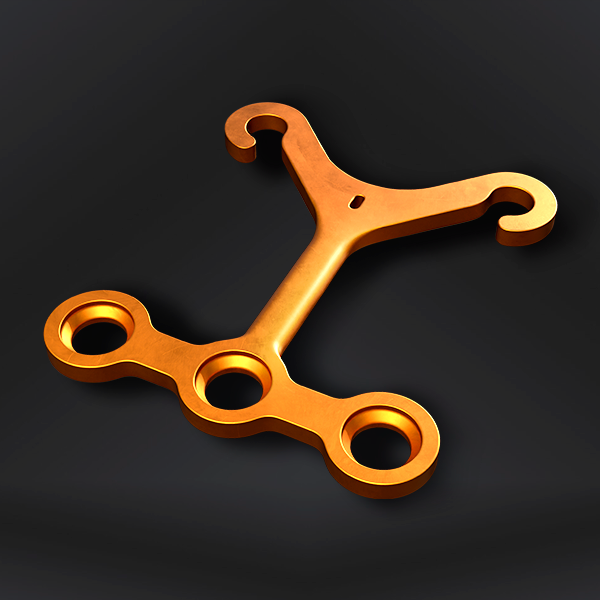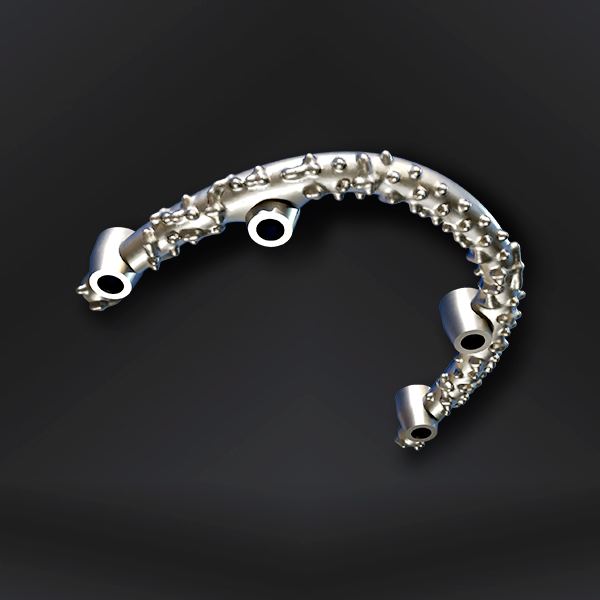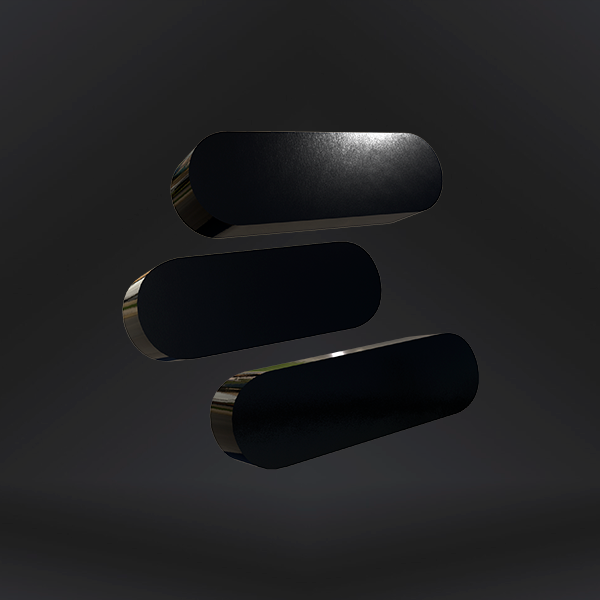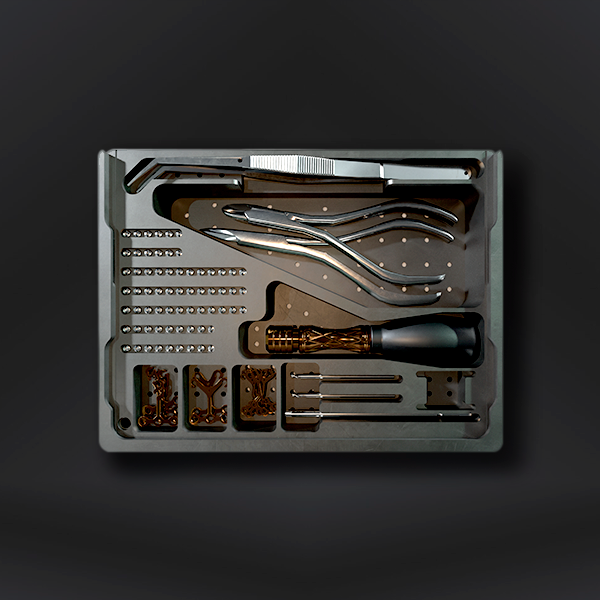Ancorfix
Orthodontic anchorage
Mini orthodontic plates provide effective and minimally invasive anchorage. They stand out for their innovative design, with thin and resistant thickness, rounded sides and corners for greater comfort and control. In addition, they have strategically positioned hooks for traction and an exclusive wire locking system on the plate, optimizing treatment time and control.
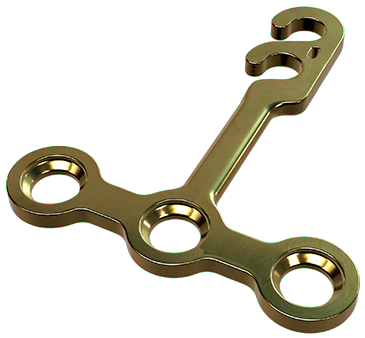
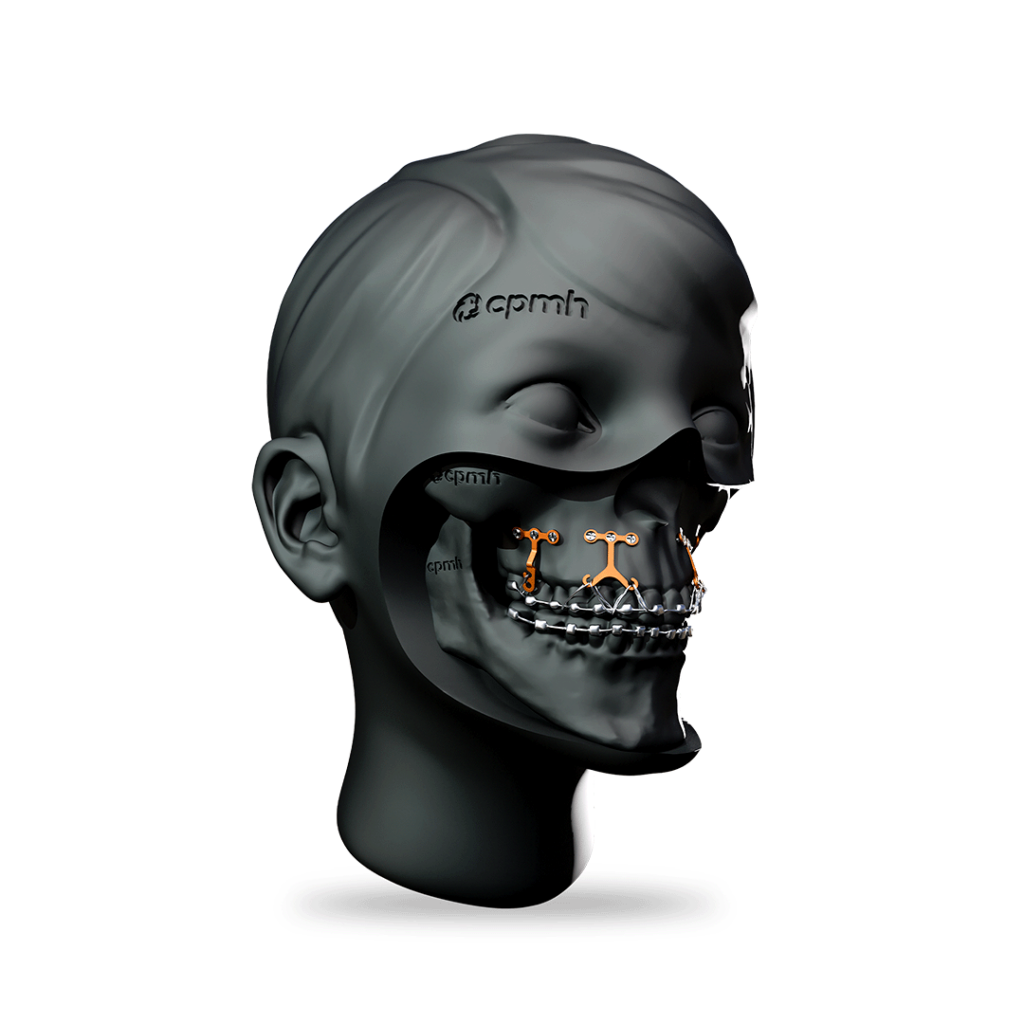
ANCORFIX
Cutting-edge technology that provides maximum comfort and reduced risk of injuries and infections
- Plates made from F67 grade 2 titanium, a biocompatible material with excellent mechanical properties.
- Non-magnetic, easy to shape and no memory.
- Different plate geometries and sizes, providing greater flexibility, safety and comfort.
- All products undergo an anodic oxidation coloring process for better identification and additional patient safety.
- Exclusive Wire Lock System
Orthodontic anchorage
Anchoring device that promotes facial bone remodeling
“The miniplates allow three-dimensional control (anteroposterior, transversal and vertical) during the application of orthodontic movements in the four quadrants of the oral cavity, simultaneously and/or separately, which allows for greater and faster orthodontic corrections.”
– Dr. Ertty Silva
Mini plates for orthodontic anchorage
- Reinforced anchorage
- Fast treatment
- More comfort
- Efficient for complex


T-Shaped Mini Plate

Y-Shaped Mini Plate

TY-Shaped 30° Mini Plate

TY-Shaped 45° Mini Plate

L-Shaped Mini Plate
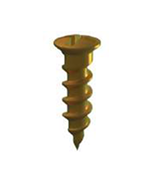
Self-drilling screw

Locking screw
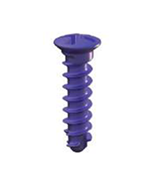
Emergency locking screw
Contraindications
- Suspected or pre-existing infections at or near the implantation site.
- Conditions of immunosuppression or that hinder the healing process (e.g. smoking, alcoholism, uncontrolled diabetes).
- Presence of qualitative or quantitative bone deficiency, or potential situation of impairment of the Ancorfix support/fixation.
- Allergy to any component present in the implant.
- Insufficient tissue coverage in the operated area.
- Patients with incomplete or immature bone development (e.g. children).
- Disorders that make it difficult to follow medical advice during the treatment period.

Ancorfix Installation Procedure
Step 1: Anesthetize the area.
Step 2: Make the incision after the mucogingival line and detach the entire periosteal flap to visualize the implantation site.
Step 3: Model the Ancorfix to provide the best fit. The plates can be shaped up to 3 times.
Step 4: Fix the Ancorfix with the screws so that the hooks are externalized.
Step 5: Suture the exposed area.
Cautions and Warning
- NON-STERILE product! Sterilize before use.
- SINGLE USE product. DO NOT REUSE OR REPROCESS.
- The Ancorfix system must be installed by a qualified professional, in a surgical environment and with properly sterilized instruments.
- Ancorfix system plates must be shaped prior to implantation.
- Applying excessive loads increases the risk of deformations, cracks and fractures in the implant.
- Do not use the plates in case of fractures or signs of fragility due to the conformations. Discard and use a new plate.
- Do not use the product if the packaging is damaged or the seal is broken.
- Do not use the product if found damaged.
- Do not use the product after the expiration date.
- Do not use if the model/reference presents discrepancies.
- Use only compatible products manufactured by CPMH to ensure the safety and effectiveness of the device installation.
- If you have any questions about the product or usage technique, please contact CPMH.
Adverse Events
- Every surgical procedure presents risks and the possibility of complications. Adverse events may include:
- Loosening, displacement or fracture of components.
- Vascular or neurological impairment due to the surgical procedure.
- Feeling of pain, discomfort or annoyance.
- Edema, bruising, inflammation, infection, exfoliation, abscess formation, hyperplasia, gingival irregularities, complications associated with anesthesia.
- Implant failure or exposure.
To download the flyer in PDF, click below
To download technical information in PDF, click below
BLOG & NEWS
Follow our news, articles and events

Maxillary Expansion with Custom Palatal Guide: Precision and Comfort in Orthognathic Surgery
A Revolution in Maxillary Expansion: How Custom Palatal Guides Are Transforming Surgical Outcomes Maxillary expansion following Le Fort I osteotomy remains one of the greatest
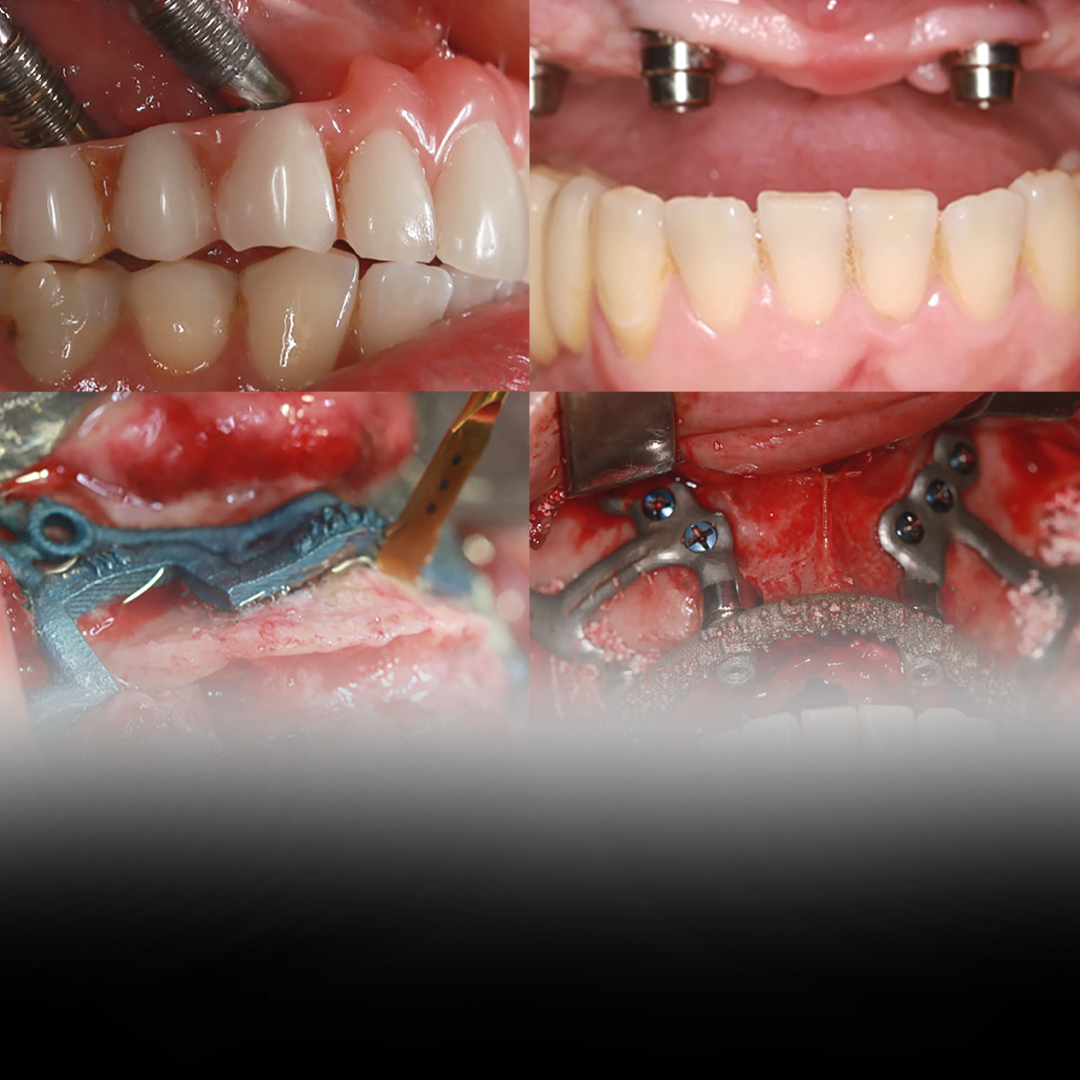
Introduction to Maxillary Rehabilitation and Custom Subperiosteal Implants
Maxillary rehabilitation is an essential field within oral and maxillofacial surgery, especially when dealing with patients who have suffered complications resulting from zygomatic implants. This
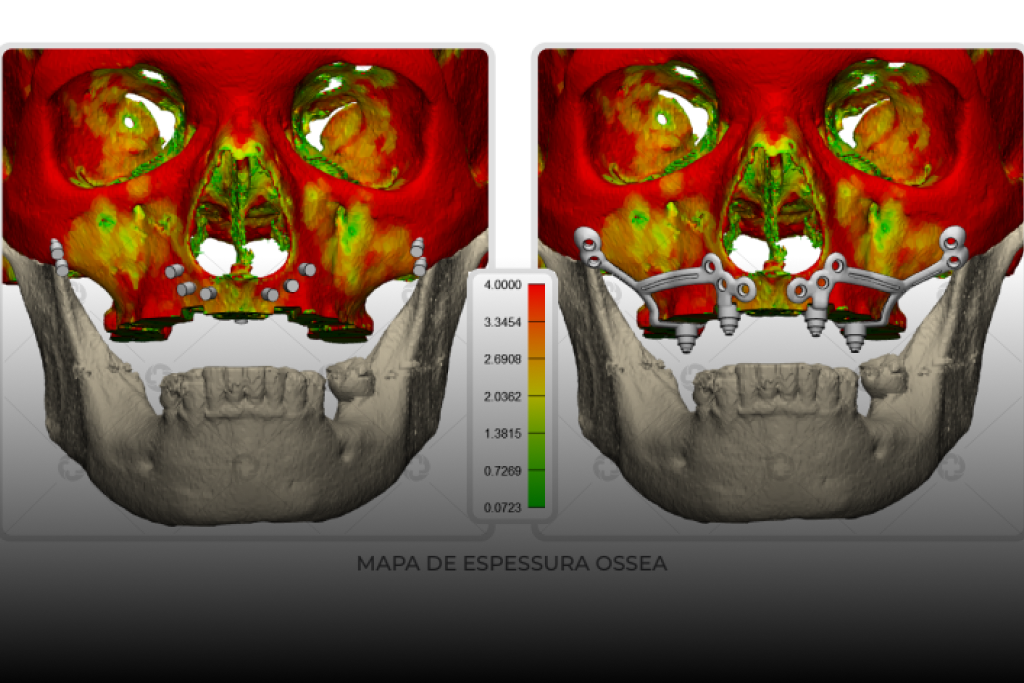
Rehabilitation of Atrophic Jaws with Customized Subperiosteal Implants: Advances and Perspectives in Modern Dentistry
Severe maxillary atrophy and edentulism have been recurring challenges in oral and maxillofacial dentistry, requiring increasingly innovative and personalized approaches for effective oral rehabilitation. A
